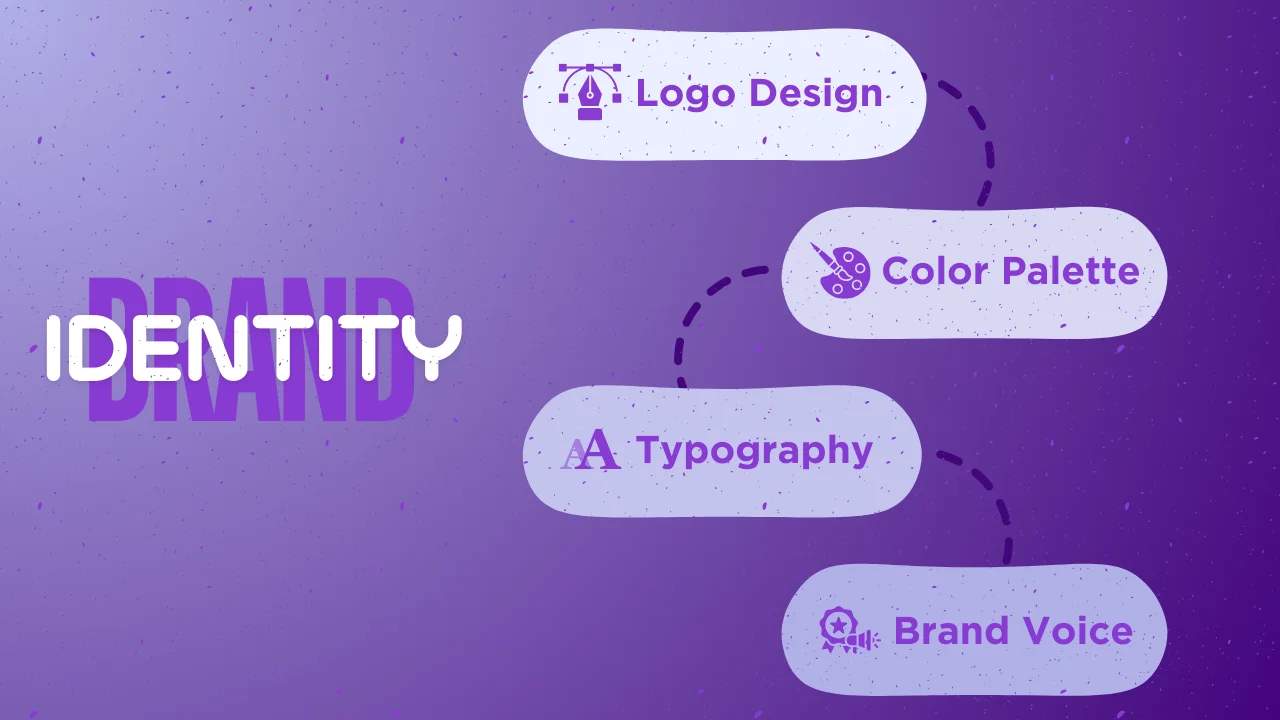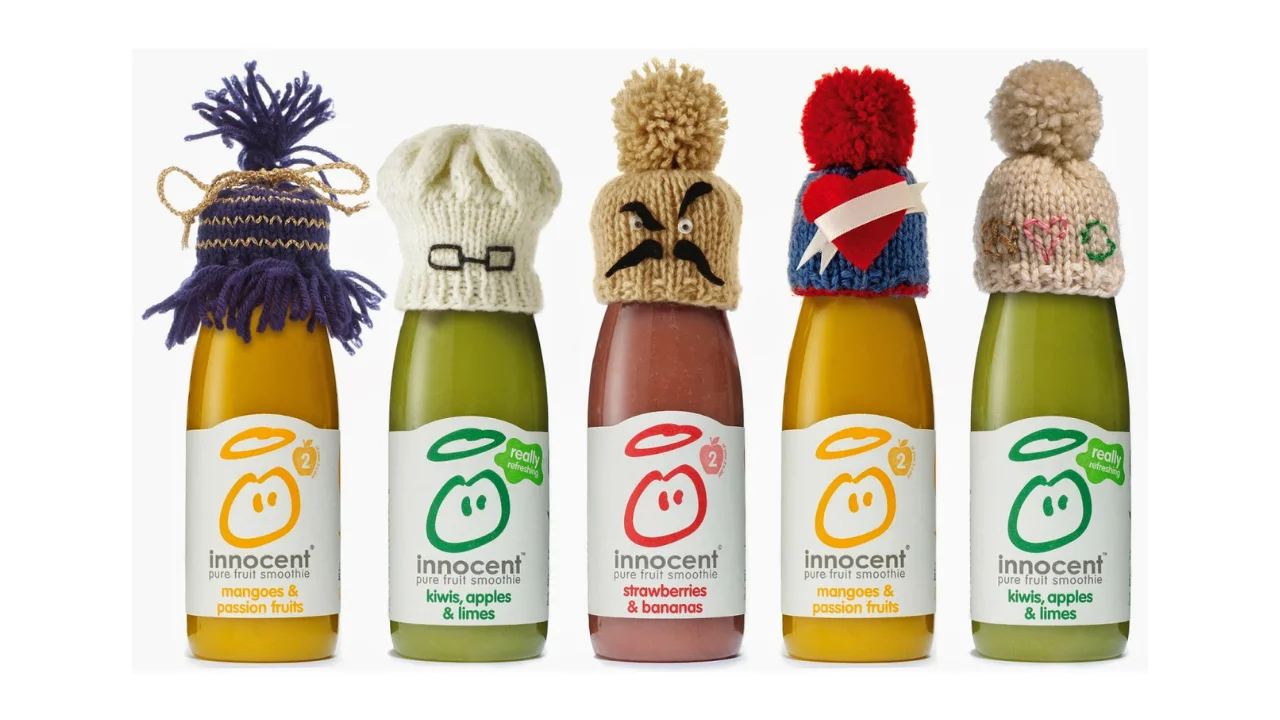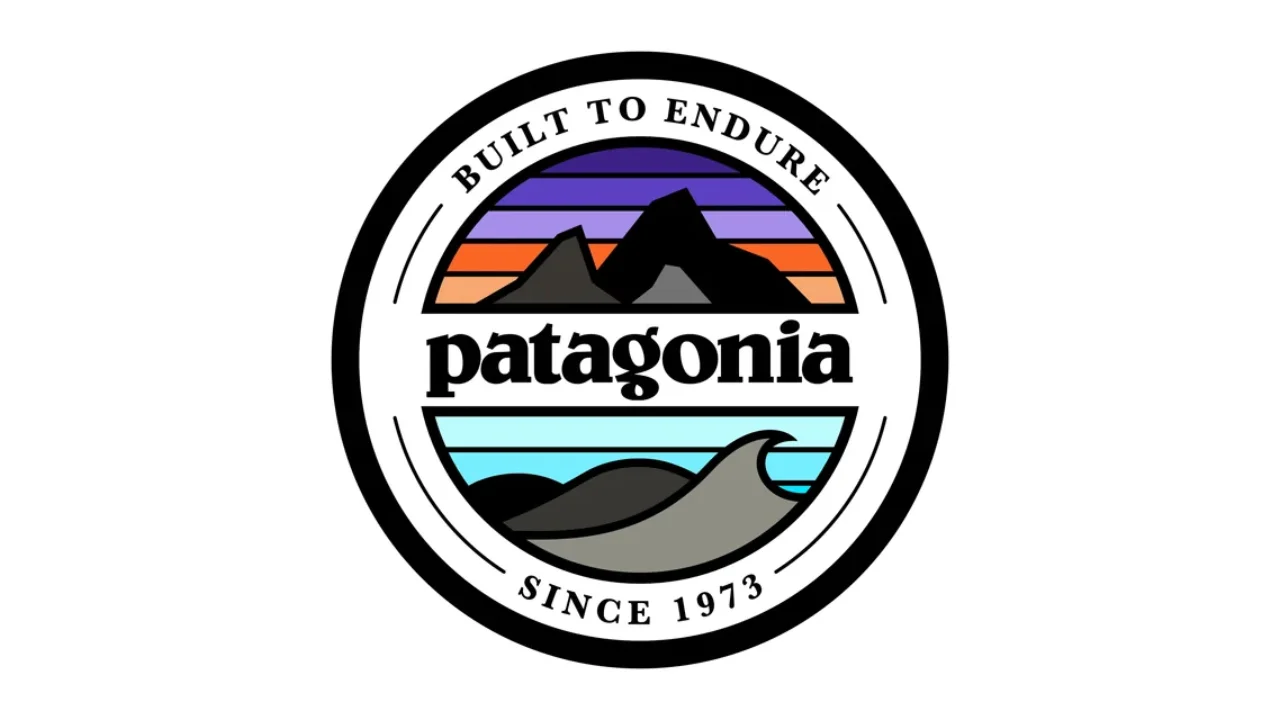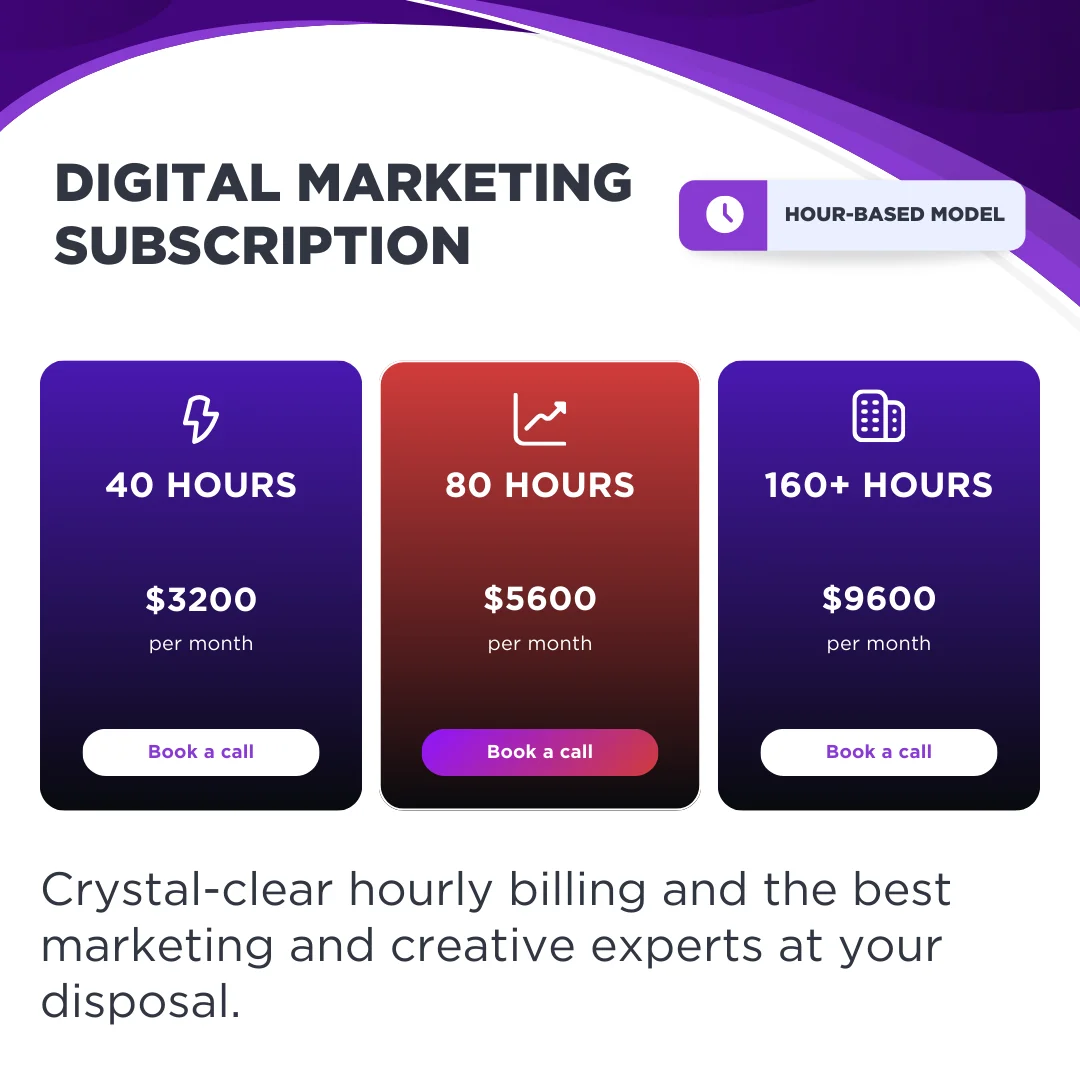In today’s highly competitive market, building a strong brand identity is one of the most essential strategies a business can adopt. Your brand identity is much more than just your logo and tagline – it’s the sum of your company’s values, personality, and the emotional connection it creates with its audience. A strong brand identity differentiates you from your competitors, builds customer loyalty, and ultimately drives business success.
In this comprehensive guide, we’ll dive into the importance of brand identity, how to build it effectively, and why it’s crucial for businesses in any industry to invest time and resources into developing their brand identity.
What is Brand Identity?
Brand identity encompasses the visible and emotional aspects of your brand that communicate your company’s values and goals to your target audience. It is the collection of all brand elements that work together to create a lasting impression.
Key Components of Brand Identity
1. Logo Design
Your logo is the visual symbol of your brand. It should be memorable, timeless, and aligned with your brand’s core values. Your logo is often the first thing people notice about your brand, so getting it right is critical.
Learn more about how Logo Design impacts brand perception and helps businesses build memorable identities.
2. Color Palette
Colors evoke emotions and help people remember your brand. Choosing the right color palette is key to establishing a recognizable and consistent brand presence. For instance, blue is often associated with trust and professionalism, while red evokes passion and energy.
3. Typography
The fonts you choose should reflect your brand’s personality. Whether you opt for a sleek, modern typeface or a more traditional serif font, typography plays a crucial role in defining your brand’s visual identity.
4. Brand Voice and Tone
Your brand’s voice is how you communicate with your audience. Are you casual and friendly, or formal and authoritative? Defining your brand voice helps ensure consistency across all your communication channels, from your website to your social media posts.
Dive deeper into how Copywriting plays a role in creating a consistent brand voice and engages your audience.

Why Brand Identity Matters
Having a strong brand identity isn’t just a vanity exercise – it has tangible benefits for your business.
1. Brand Recognition and Trust
A well-defined brand identity makes your business recognizable across all touchpoints. Over time, consistent branding builds trust, and customers will associate positive experiences with your brand. For example, when people see the Under Armour logo, they immediately think of performance-focused sportswear, associating the brand with quality and athletic achievement.
2. Emotional Connection with Customers
Your brand identity helps form an emotional connection with your audience. Customers tend to be loyal to brands they feel a connection with, whether that’s because they share the same values, appreciate the brand’s personality, or admire its aesthetics.
3. Competitive Advantage
In a crowded marketplace, a distinctive brand identity sets you apart from your competitors. Companies with strong, unique brand identities are easier to recognize and are often seen as more trustworthy and reliable. For instance, Innocent Drinks, known for its playful and ethical branding, stands out in the beverage market due to its focus on sustainability and health-conscious messaging.
Building a Cohesive Brand Identity
1. Start with Market Research
Before you build your brand identity, you need to know who your target audience is, what they want, and what your competitors are doing. Market research allows you to position your brand effectively and ensures your identity resonates with your audience.
Read our in-depth guide on how Market Research shapes a successful brand strategy.
2. Define Your Brand’s Mission, Vision, and Values
Your mission, vision, and values are the foundation of your brand identity. They define what your company stands for, where you’re headed, and what you believe in. These elements should be reflected in every aspect of your branding, from your messaging to your visual identity.
3. Craft a Unique Value Proposition (UVP)
Your UVP is what sets you apart from your competitors. It tells your audience why they should choose your product or service over others. Your UVP should be at the core of your brand identity and integrated into all your marketing efforts.
4. Design Your Visual Elements
- Logo: As mentioned earlier, your logo is a central element of your brand identity. It should be simple, memorable, and scalable across different mediums.
- Color Palette: Choose a color scheme that aligns with your brand values and appeals to your target audience.
- Typography: Ensure your fonts are consistent across all marketing materials to maintain a cohesive look and feel.
Learn how to create cohesive and impactful Brand Guidelines that ensure consistency across all touchpoints.
5. Establish a Consistent Brand Voice
Whether you’re writing a blog post, tweeting, or responding to customer inquiries, your brand’s voice should remain consistent. Developing clear guidelines around tone, word choice, and messaging will ensure that your brand communicates consistently.
Explore how to develop an effective Copywriting Strategy that aligns with your brand identity.
Steps to Build a Cohesive Brand Identity
The Role of Brand Guidelines
Creating brand guidelines is a crucial step in ensuring that your brand identity is consistently represented across all channels. Brand guidelines are a reference document that includes detailed instructions on how to use your logo, colors, fonts, tone of voice, and other elements.
What Should Brand Guidelines Include?
- Logo Usage: Rules for where and how your logo should be displayed.
- Color Palette: Guidelines on which colors to use and where.
- Typography: Instructions on which fonts to use and in what sizes.
- Voice and Messaging: Guidelines on how your brand should sound in written communication.
Discover more about creating comprehensive Brand Guidelines for your business.
Case Studies of Successful Brand Identities
1. Apple: Simplicity and Innovation
Apple’s brand identity revolves around simplicity, innovation, and elegance. Their minimalist design approach, from product packaging to marketing campaigns, is a reflection of their core mission to create seamless, user-friendly technology.



2. Under Armour: The Power of Performance
Under Armour’s brand identity focuses on performance, resilience, and athletic achievement. Their logo is simple yet powerful, evoking a sense of strength and motivation. Over the years, the company has built a reputation for high-quality athletic wear, creating an emotional connection with athletes and fitness enthusiasts worldwide.



3. Innocent Drinks: Playful and Ethical
Innocent Drinks has maintained a consistent brand identity that revolves around health, sustainability, and ethical values. Their playful tone, combined with their focus on fresh, natural ingredients, sets them apart in the competitive beverage industry.


4. Patagonia: Environmental Advocacy
Patagonia is not only known for its high-quality outdoor gear but also for its commitment to environmental activism. Their brand identity reflects a deep sense of responsibility for protecting the planet, making them a leader in sustainability within the outdoor industry.



Maintaining and Evolving Your Brand Identity
Your brand identity is not static – it should evolve as your business grows and market conditions change. However, it’s essential to maintain core elements of your identity to ensure consistency over time.
Adapt to Changing Trends
While your core brand identity should remain consistent, you should also be open to adapting certain elements (like messaging or visual style) to stay relevant in an evolving market.
Rebranding vs. Refreshing
Not every brand evolution requires a complete rebrand. Sometimes, a simple refresh (such as updating your logo or modernizing your website) is enough to keep your brand identity current while retaining its core essence.
Rebranding
Complete overhaul of the brand’s visual identity and messaging.
Used when the brand needs to reposition itself or appeal to a new market.
Refreshing
Updating key elements like logo, color palette, or website while maintaining core identity.
Used to modernize the brand and stay relevant without losing its essence.
Conclusion
Building a strong brand identity is an investment in the future of your business. It shapes how your customers perceive you, builds loyalty, and sets the foundation for long-term success. By carefully crafting and maintaining a cohesive identity, you can ensure that your brand not only stands out in a crowded marketplace but also resonates with your audience on a deeper level.
Take the time to develop a brand identity that reflects your business’s mission, values, and personality. With a strong identity in place, you can build trust, foster customer loyalty, and drive sustainable growth.
Start evaluating your brand identity today and consider how you can strengthen its core elements to achieve your long-term business goals.
A strong brand identity is the foundation of every successful business. Learn how to shape and define your brand to stand out and drive growth in today’s competitive market.




